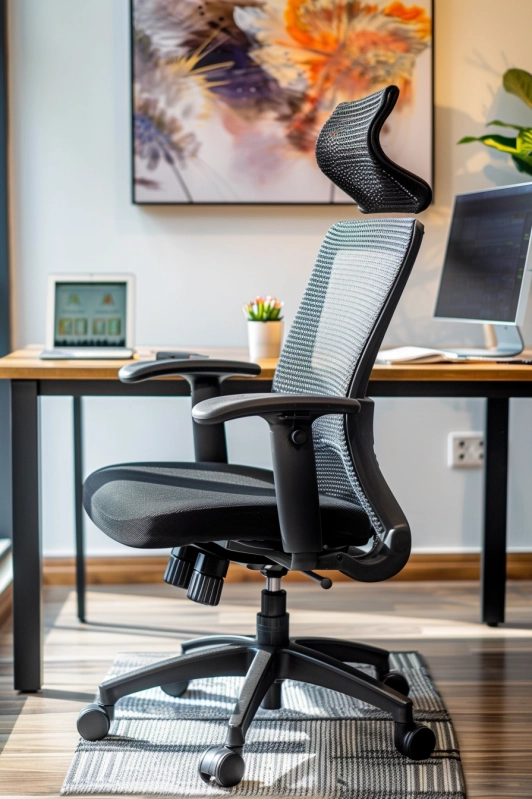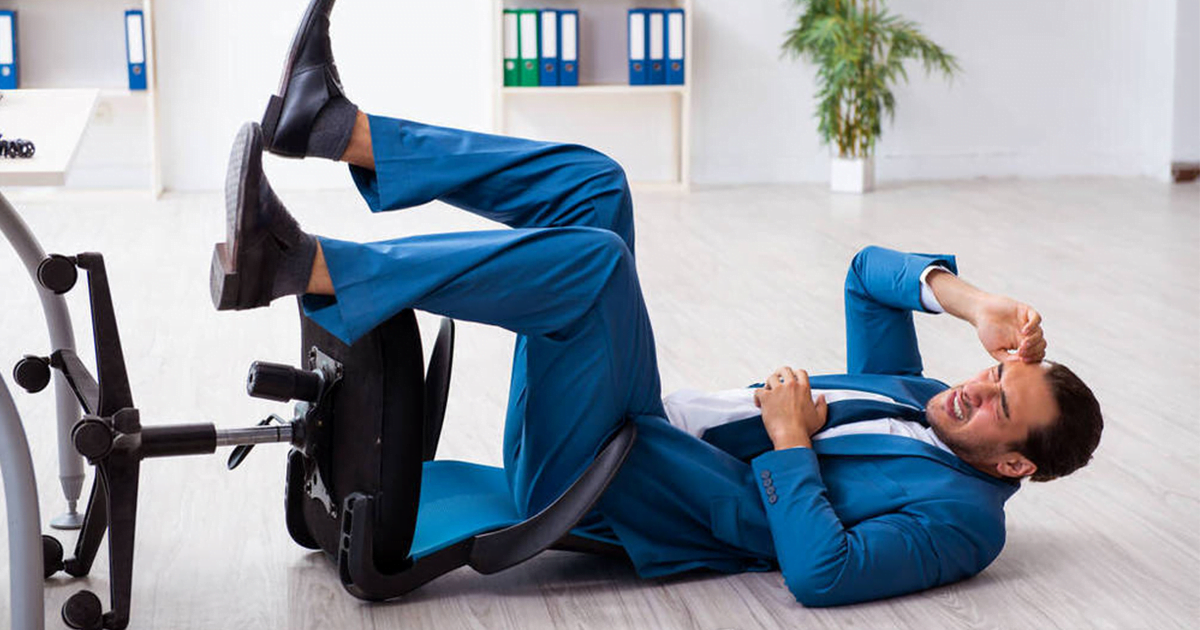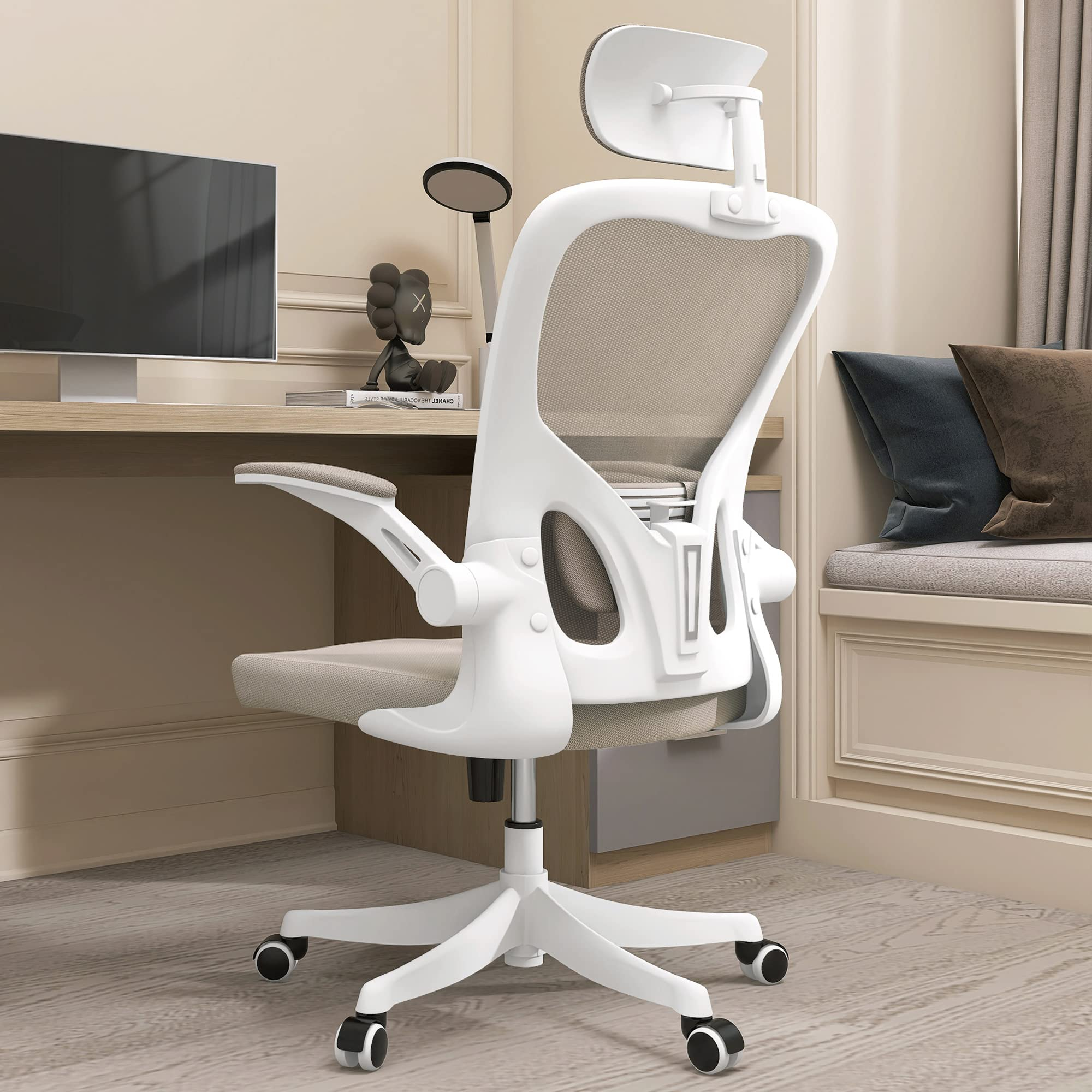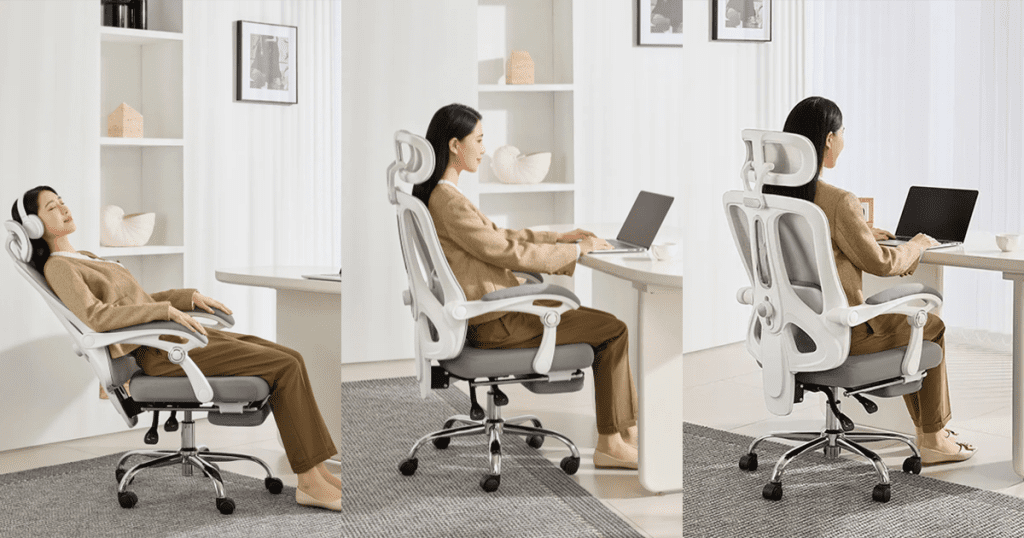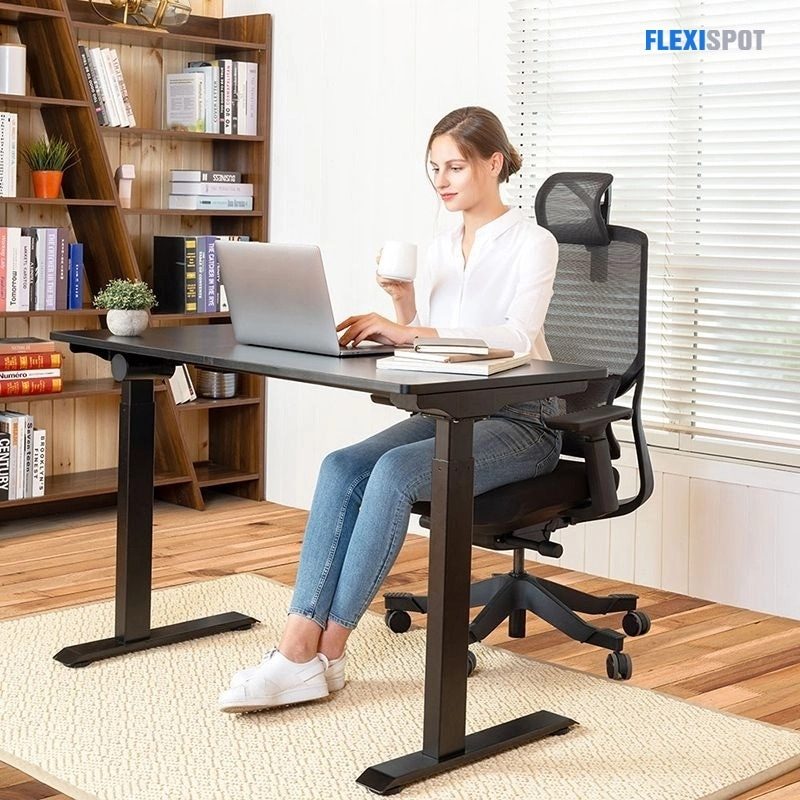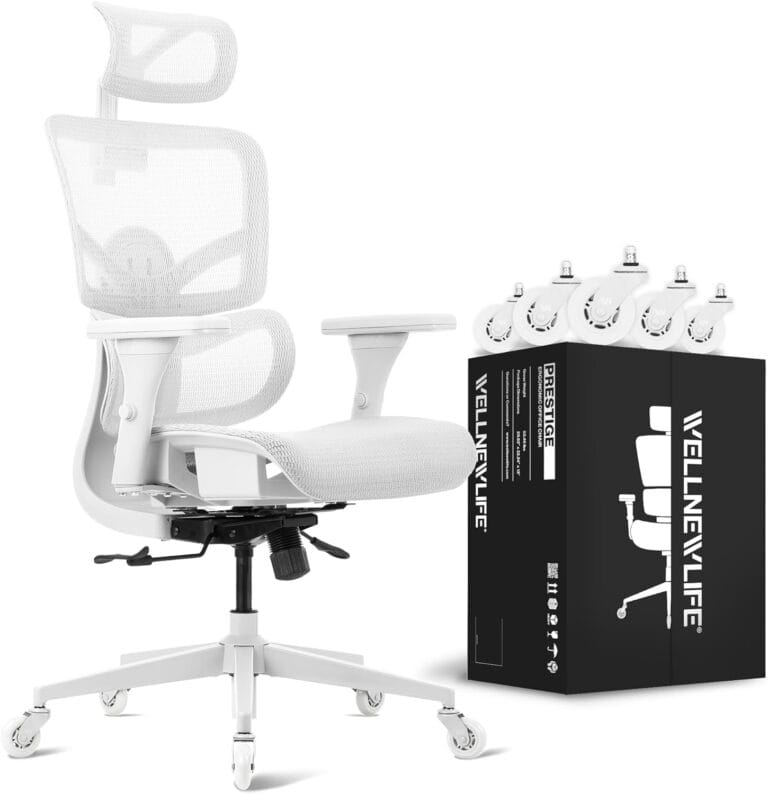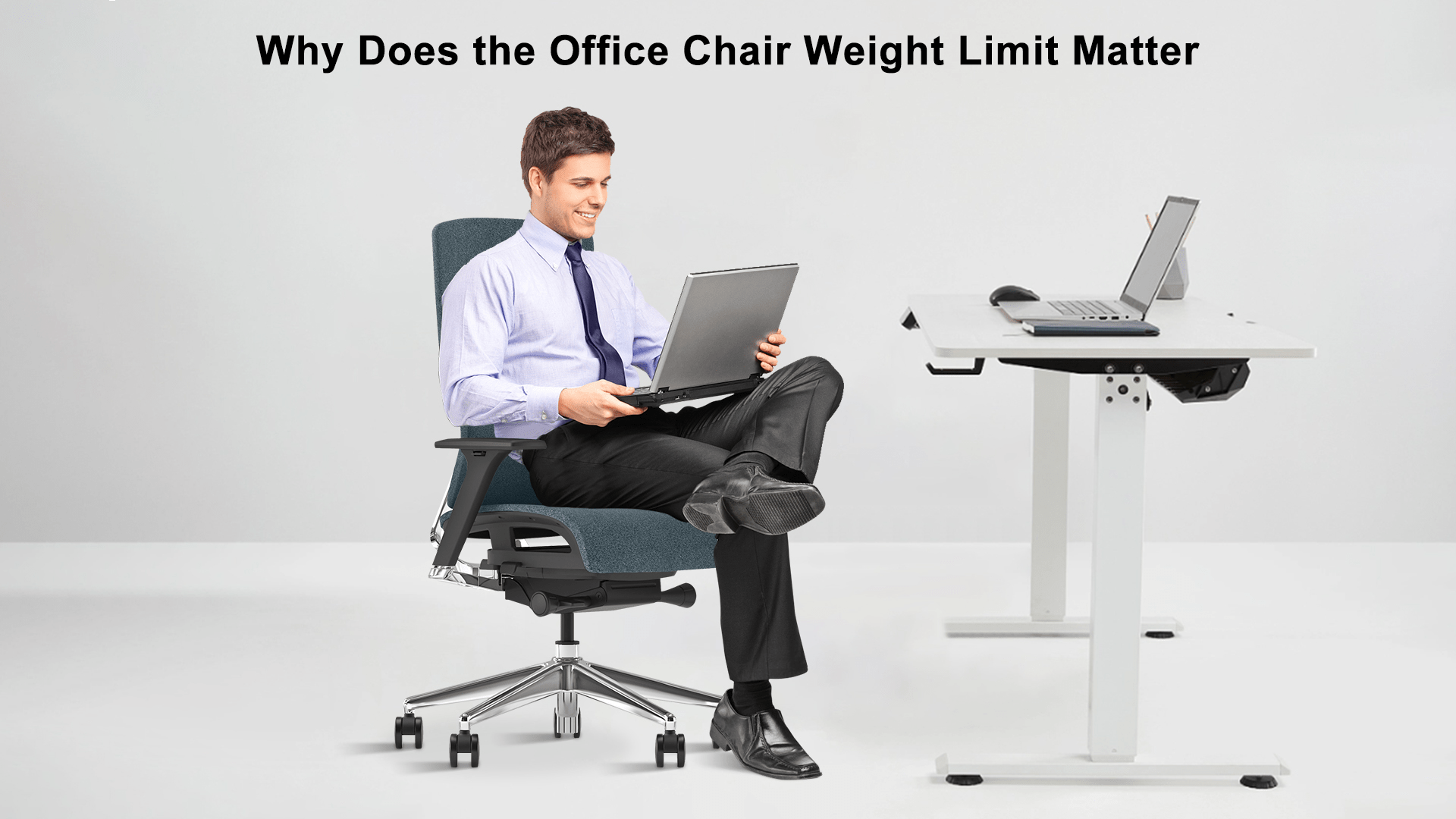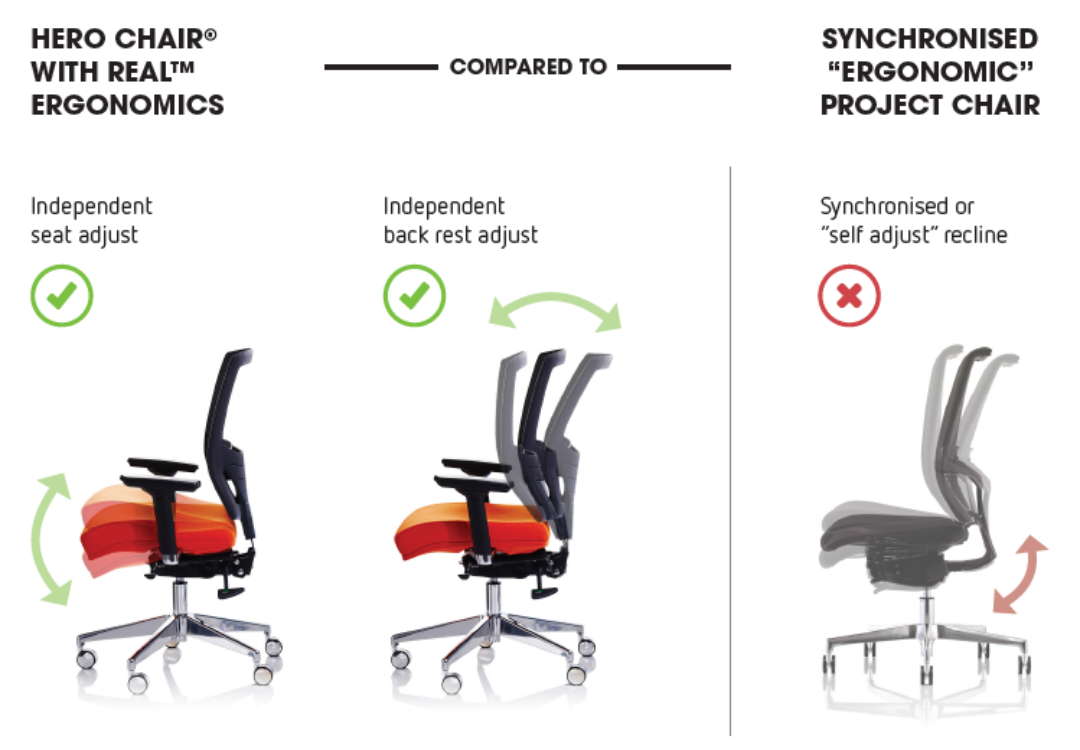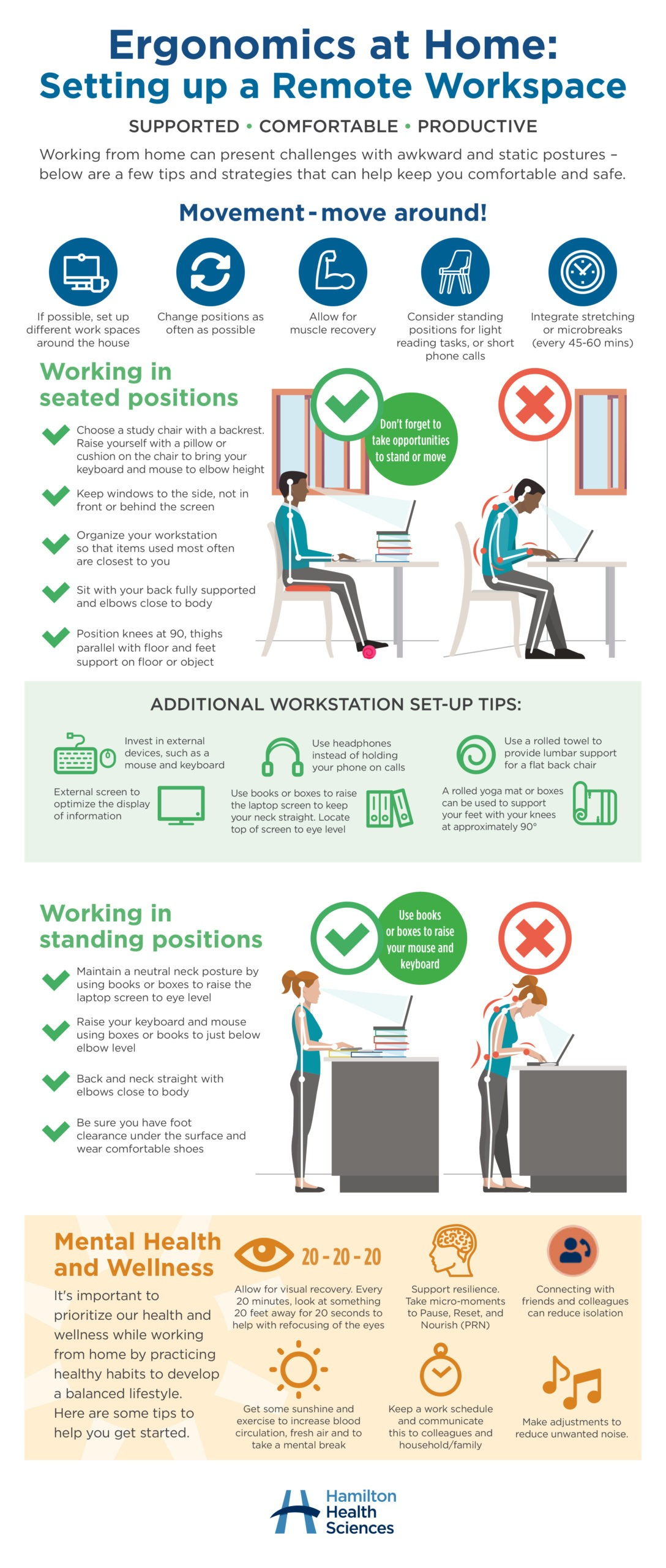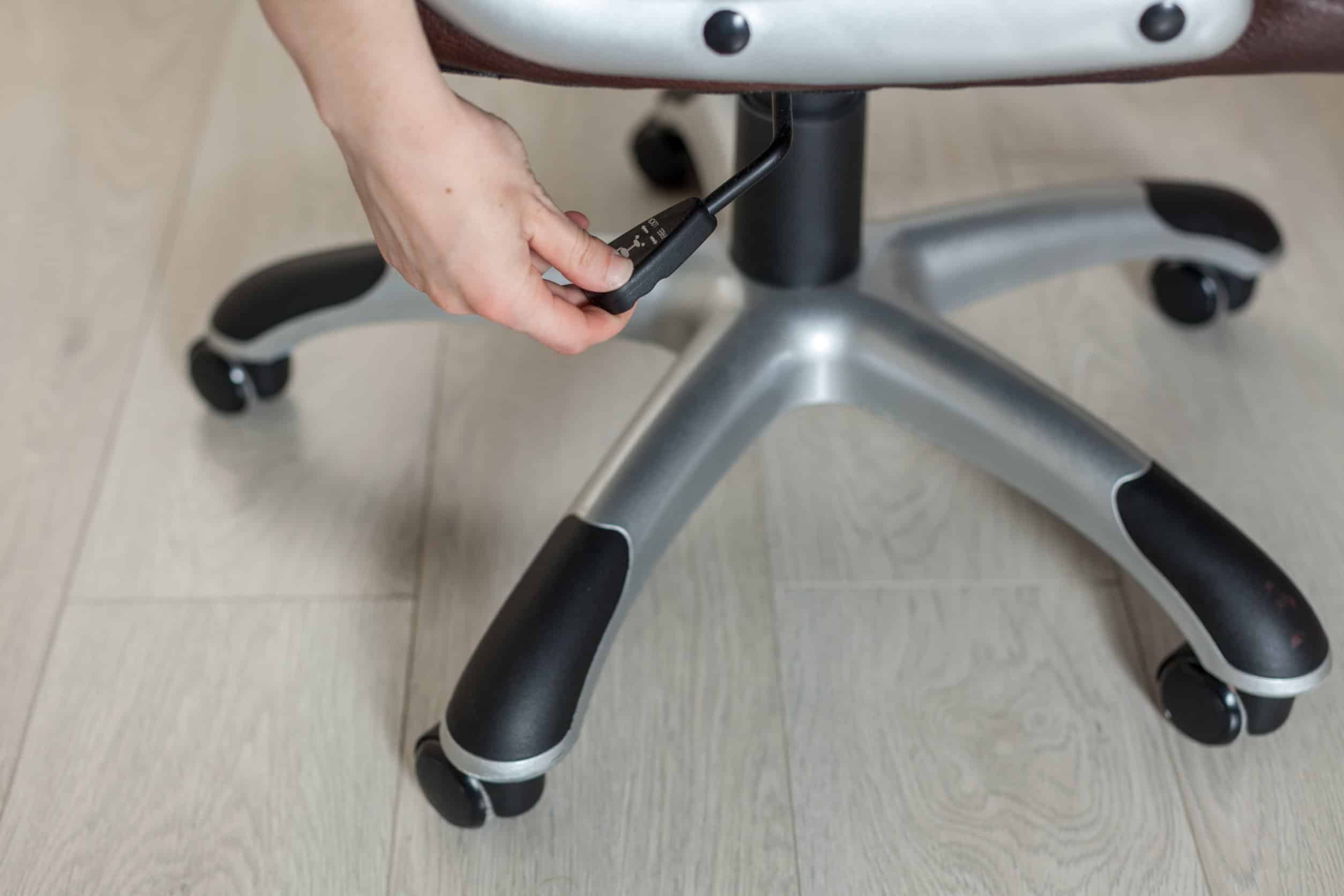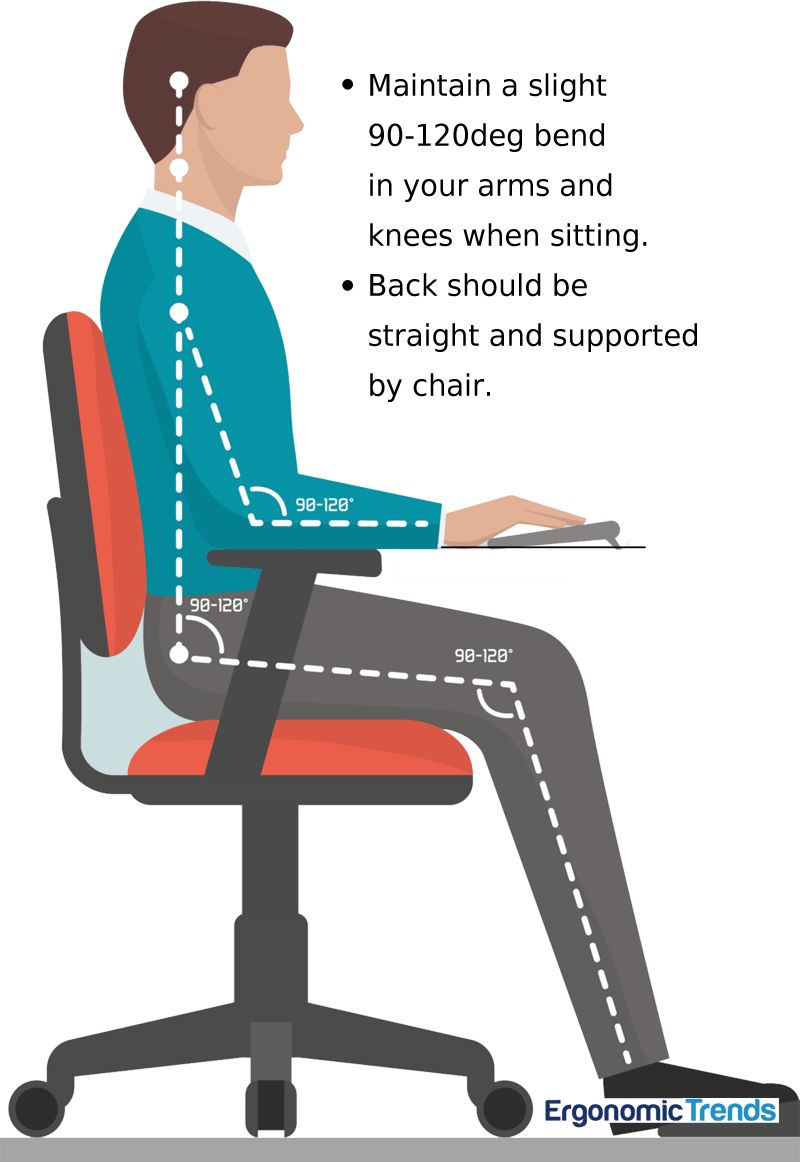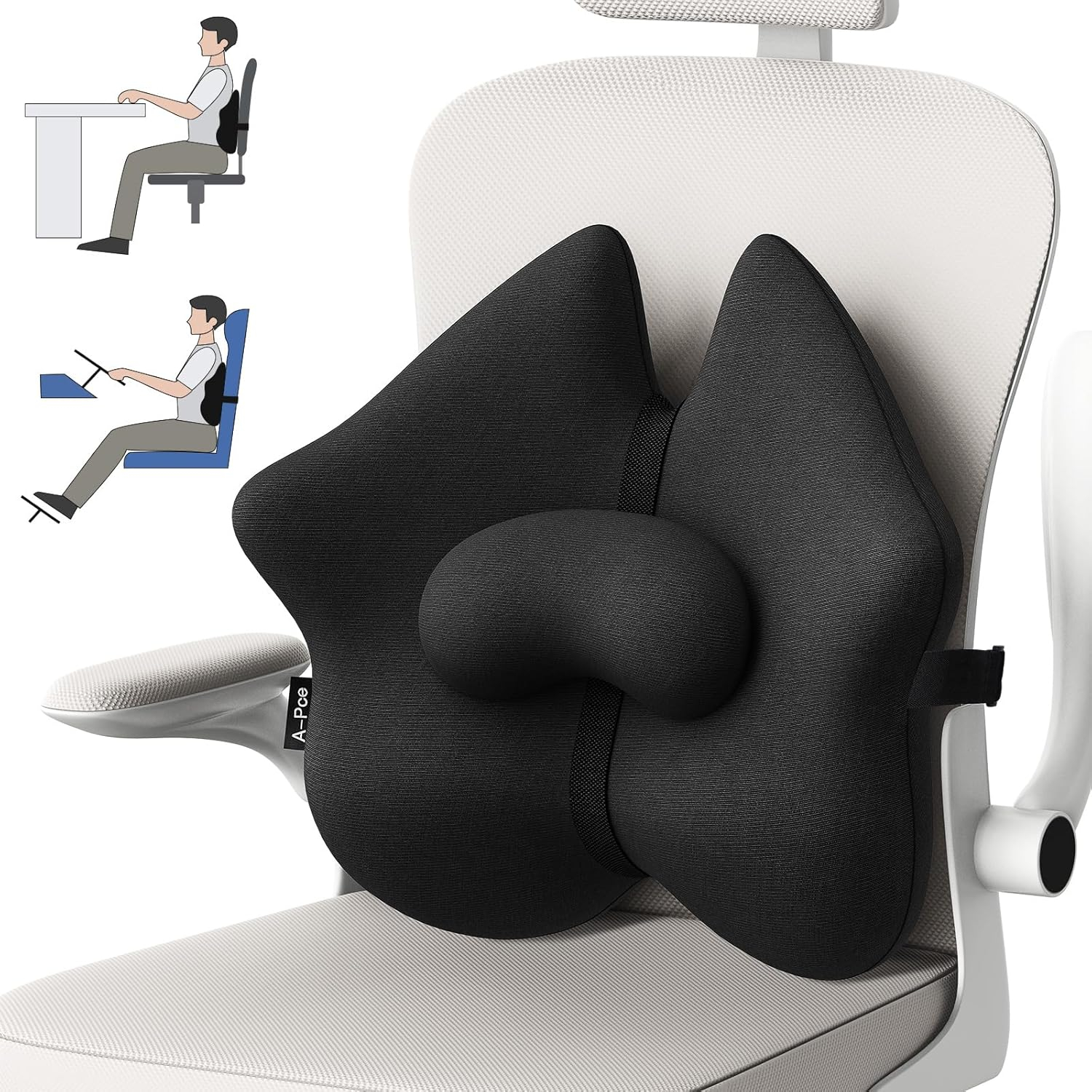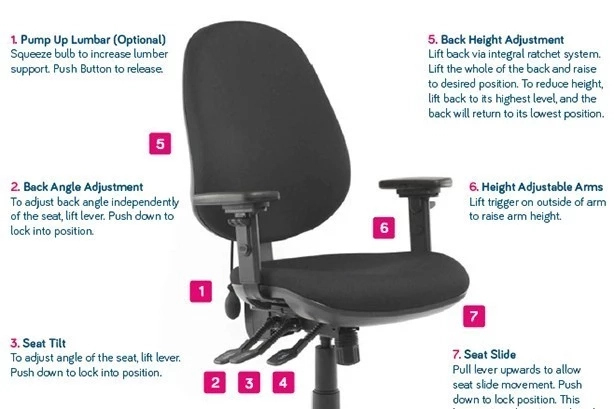Ever found yourself shifting uncomfortably, back aching, neck stiff, after just a couple of hours at your desk? You’re not alone. That seemingly innocent piece of furniture, the office chair, plays a massive role in how we feel and function throughout our workday. It’s more than just a place to sit; it’s our command center, our launchpad for productivity, and, if we’re not careful, a silent saboteur of our well-being. Let’s dive into how this everyday object can be the difference between a day of productive flow and a day of nagging physical complaints.
We spend a significant chunk of our lives in office chairs. Think about it – hours upon hours, day after day. Yet, how much thought do we really give to the chair itself? We might focus on our computer screens, our to-do lists, and our deadlines, but the foundation of our physical experience at work is often overlooked. This article is all about bringing that overlooked element into the spotlight. We’ll explore how the right (or wrong) office chair can dramatically impact your energy levels, your focus, and even your long-term health. So, let’s get comfortable, shall we? Or, more importantly, let’s learn how to get comfortable and truly own your workday.
The Anatomy of an Uncomfortable Chair
What makes a chair go from a supportive perch to a pain-inducing prison? It often comes down to a few key design flaws, or rather, a lack of ergonomic consideration. Too little lumbar support is a big one. If your lower back isn’t getting that natural inward curve supported, your spine is forced into an unhealthy position. Then there’s the seat itself. Is it too hard, too soft, too shallow, or too deep? A seat that’s too firm can create pressure points, while one that’s too soft can lack proper support. A seat that doesn’t allow your feet to rest flat on the floor, or your thighs to be parallel to the ground, can mess with your circulation and posture. And let’s not forget armrests. If they’re set too high, they can force your shoulders to hunch up, leading to neck and shoulder pain. Conversely, if they’re too low, they offer no relief. It’s a delicate balance, and many chairs just don’t get it right.
The Ergonomic Advantage: Building Your Productivity Throne
Now, let’s flip the script. What does an ergonomic chair do for you? It’s designed to work with your body, not against it. A good ergonomic chair offers adjustable features, allowing you to customize it to your unique shape and needs. Think adjustable height, so your feet are flat on the floor and your knees are at a 90-degree angle. Lumbar support is crucial, and many ergonomic chairs have adjustable lumbar support that you can move up and down, and in and out, to perfectly cradle your lower back. Adjustable armrests that allow your shoulders to relax are another key feature. Some chairs even have adjustable seat depth, so you can ensure there’s a few finger-widths of space between the back of your knees and the edge of the seat. When you’re properly supported, your body isn’t working overtime just to stay upright. This frees up your energy and mental capacity for the actual tasks at hand. It’s like upgrading from a bumpy, uncomfortable road to a smooth, paved highway for your body.
Beyond the Basics: Features That Boost Your Day
While the core ergonomic features are vital, some chairs go the extra mile to enhance your workday experience. Consider chairs with breathable mesh backs, especially if you tend to get warm. This can prevent that sticky, uncomfortable feeling. Swivel and tilt mechanisms are also important for allowing natural movement and changing your posture throughout the day, which is far better than staying rigidly in one position. Some high-end chairs even offer adjustable headrests for neck support, which can be a real game-changer if you spend a lot of time looking at a screen. Don’t underestimate the power of a good headrest. It’s not just about comfort; it’s about preventing strain and promoting better spinal alignment. Even the material of the chair can make a difference, influencing breathability and overall feel.
The Ripple Effect: How a Good Chair Impacts Your Work
It might sound dramatic, but the right chair can genuinely transform your productivity and overall well-being. When you’re not constantly distracted by physical discomfort, your focus sharpens. Tasks that once felt draining become more manageable. Think about it: if your back is screaming at you, how much mental energy is left for complex problem-solving or creative thinking? A lot less, that’s for sure. Reduced pain and fatigue also mean you’re more likely to have energy for tasks outside of sitting, like taking short breaks to walk around. This improved physical state can lead to fewer sick days and a more positive attitude towards work. It’s a direct link from your posterior to your performance. A comfortable worker is a more productive worker, and a more engaged worker.
Finding Your Perfect Fit: Practical Tips for Selection
So, how do you go about finding this magical chair? First, assess your current situation. What are your biggest complaints? Is it your back, your neck, your legs? Next, do your research. Read reviews, but also try to test chairs in person if possible. Sit in them for a good 10-15 minutes. Don’t just perch; really settle in. Adjust every lever and knob you can find. Check if the height is right, if the lumbar support hits the sweet spot, and if the armrests feel natural. Consider your body type and the amount of time you’ll be spending in the chair. If you’re taller, you might need a chair with a higher back and longer seat. If you’re smaller, you’ll want to ensure there aren’t large gaps where you need support. And don’t be afraid to invest a little more if it means a significant improvement in your daily comfort and health. Your body will thank you, and honestly, so will your work output.
Making the Most of What You Have (Even If It’s Not Perfect)
What if buying a new chair isn’t in the cards right now? Don’t despair. There are still ways to improve your current setup. A lumbar support cushion can be a lifesaver if your chair lacks adequate back support. You can also use a small footrest or even a stack of books to get your feet to the correct height. Adjust your monitor height so the top of the screen is at or slightly below eye level. This helps prevent neck strain. Make a conscious effort to take regular breaks. Stand up, stretch, and walk around for a few minutes every hour. Even small adjustments can make a big difference in mitigating discomfort and improving your posture. It’s about being mindful of your body and making small, consistent changes.
The office chair is more than just furniture; it’s an integral part of your workday ecosystem. By understanding its impact and making informed choices – whether it’s investing in an ergonomic model or optimizing your current setup – you can move from a state of physical discomfort to one of true productivity and well-being. Treat your chair as the tool it is, and you’ll unlock a more comfortable, focused, and ultimately, more dominant workday. Your body and your to-do list will both reap the rewards.

